Enhancing our access to intuitive wisdom
Everyone has intuitive wisdom. It is non-exclusive and it is not discriminatory. It is not a special gift reserved for “special” folks.
Everyone comes into this life pre-programmed for intuitive wisdom. We are naturally intuitive beings as humans.
Then as we grow up, we become conditioned to use our rational and analytical minds. Our ability to think, analyze, and interpret data is valued by western culture. Our rational, analytical minds are valued in lots of ways – monetarily, socially, and intellectually, for starters.
Personally, I don’t believe that rational knowing and intuitive knowing are mutually exclusive qualities. I function best when these qualities are fully integrated into my experiences. But broadly speaking, the rational tends to be overemphasized by society and the intuitive tends to be underemphasized, overlooked, or dismissed completely.
If you’ve been disconnected from your intuition for a long time, it may take some exploration to discover how you can connect to it and hear it most clearly.
For some people, their intuitive voice speaks to them through thoughts that float in. For others, intuition may speak through symbols, visuals, physical sensations, or interactions with the world around them.
One way to connect to our intuition is by encouraging the brain to access the default mode network, which I like to think of as “offline” mode or daydream mode. We can’t access this mode as easily when we are consuming information, reacting to constant stimuli, or responding to tasks that require our attention. Default mode network (DMN) activity is activated when we are in a state of rest and low external demand (Raiche et al. 2001). It is the daydream state when you’re driving your typical route home but don’t remember the details of what you saw along the way (I don’t recommend this, but it happens to all of us!). DMN may be accessed when you take a quiet hike in the woods, alone with just your thoughts. Our neuroconnectivity functions differently in these conditions. As a result, insights and “aha moments” may be realized.
To summarize:
Low external demand —> high internal access.
When our brain is in a neutral, resting state - with no stimuli demanding our attention - we allow ourselves to enter a state where internal wisdom can be readily accessed.
In these modern times, we essentially move through our days in a state of constant distraction by things that shut down our access to the DMN.
Checking our email.
Responding to notifications.
Scrolling social media.
Consuming podcasts.
Watching videos.
Reading and replying to texts.
Responding to buzzes or dings on our phone or smartwatch.
Self assessment: How much of your day are you engaged in the react/respond mode of engaging with the world?
What would it feel like to intentionally create space each day to disconnect from things that demand our responses/reactions?
What would happen if we practiced attending to things that demand nothing from us in return…
A walk in nature.
Feeling the breeze on your skin.
Enjoying the dance of the leaves as they fall from a tree.
Noticing the sounds outdoors.
Moving your body in a way you enjoy (with no rules, timers, counters, or goals!)
Once again:
Low external demand —> high internal access.
Try it yourself and see if you can access your intuition more readily. Stay open and curious to notice different forms through which your intuition may choose to communicate. I would love to hear your experiences, insights, and questions in the comments below!
Reference:
Raichle, M. E., MacLeod, A. M., Snyder, A. Z., Powers, W. J., Gusnard, D. A., & Shulman, G. L. (2001). A default mode of brain function. Proceedings of the National Academy of Sciences of the United States of America, 98(2), 676–682. https://doi.org/10.1073/pnas.98.2.676

